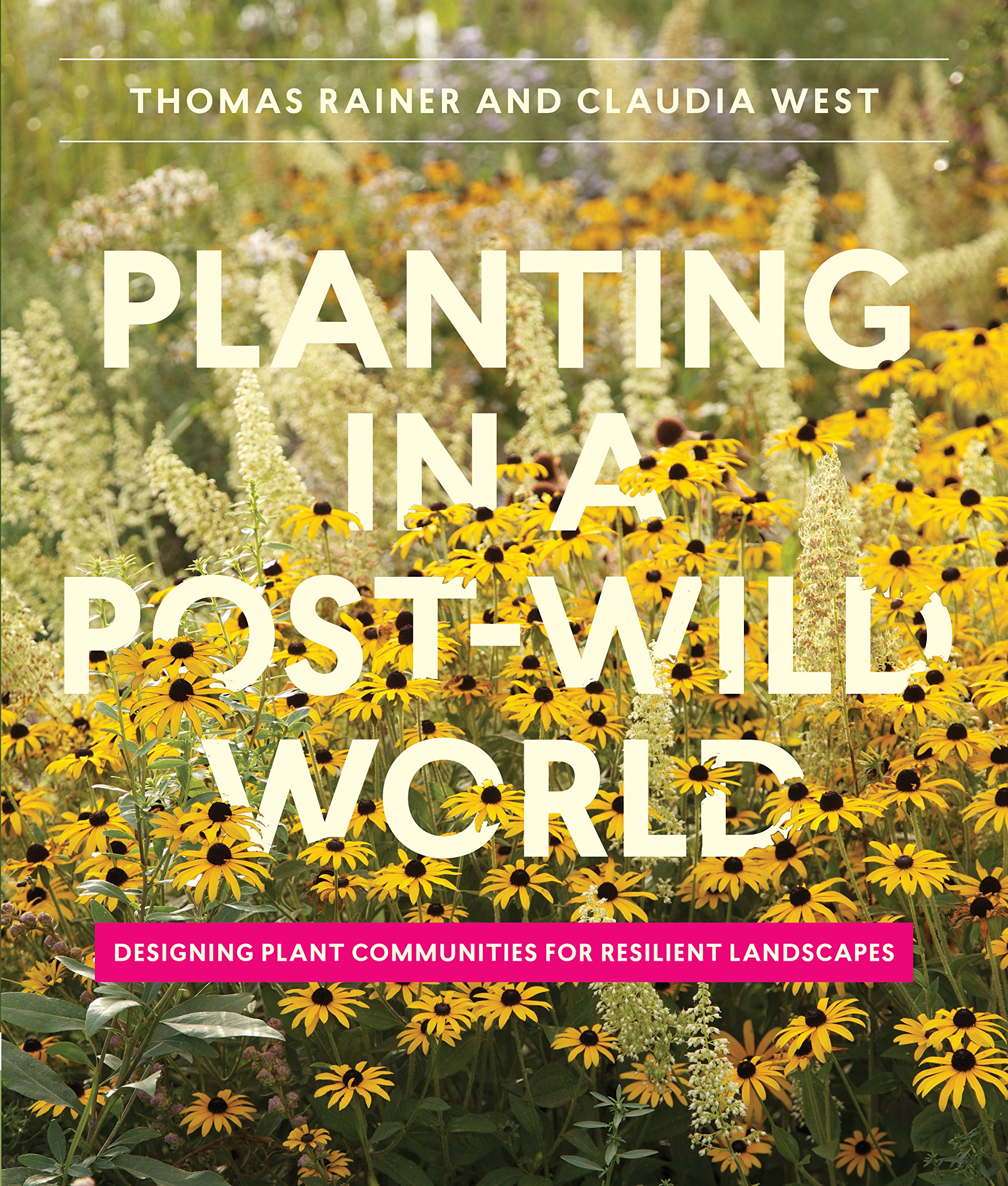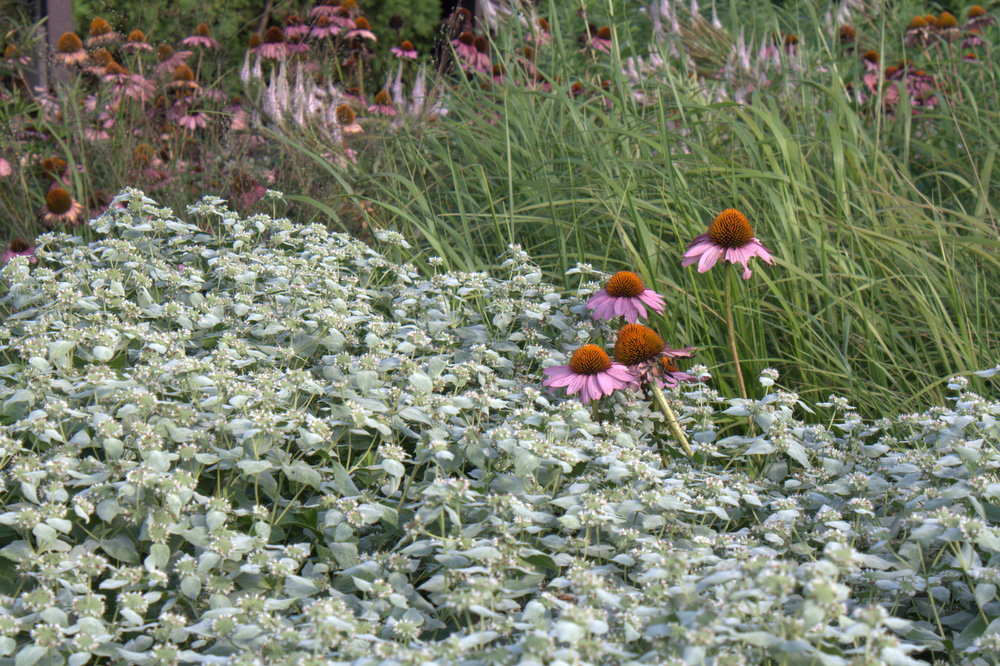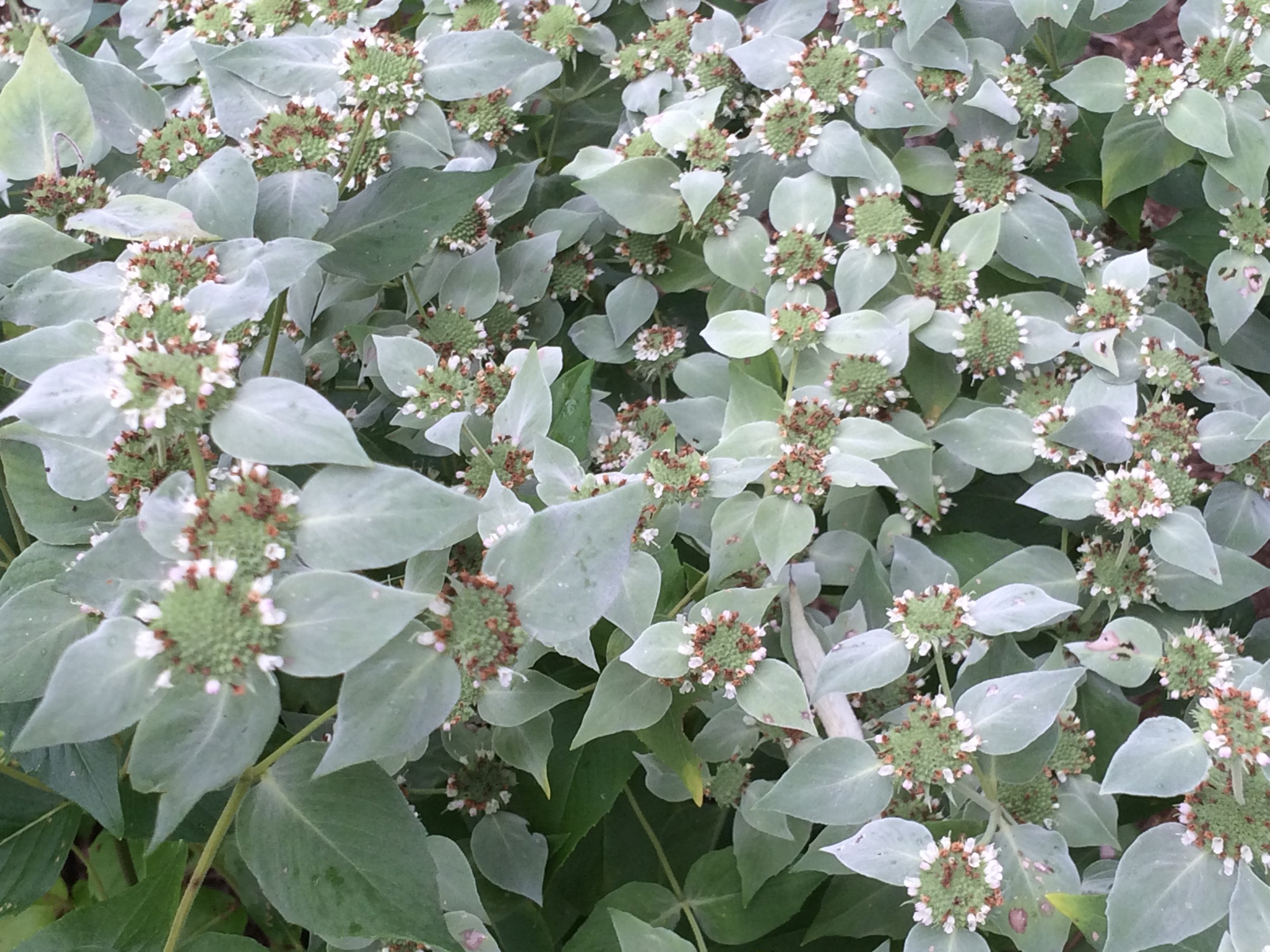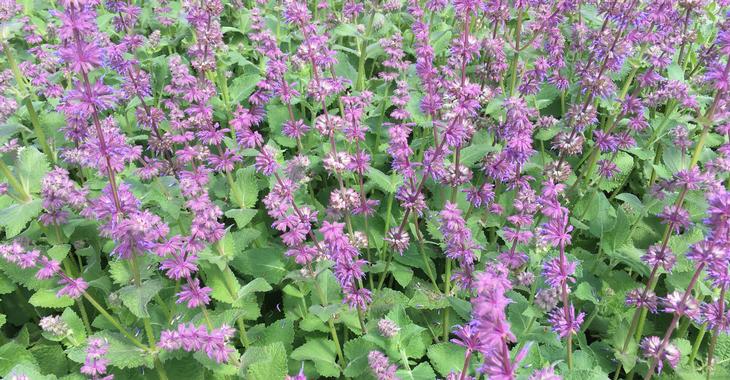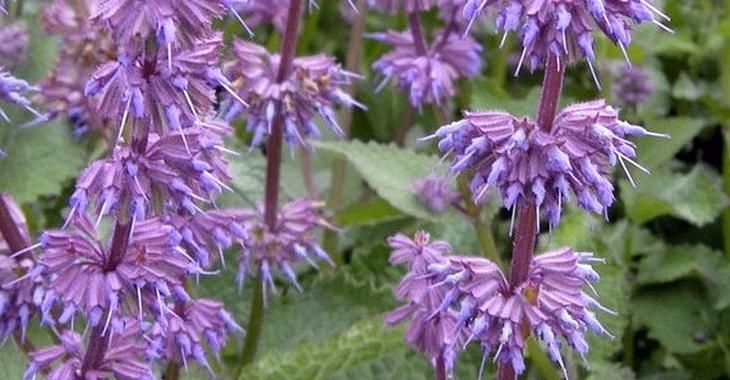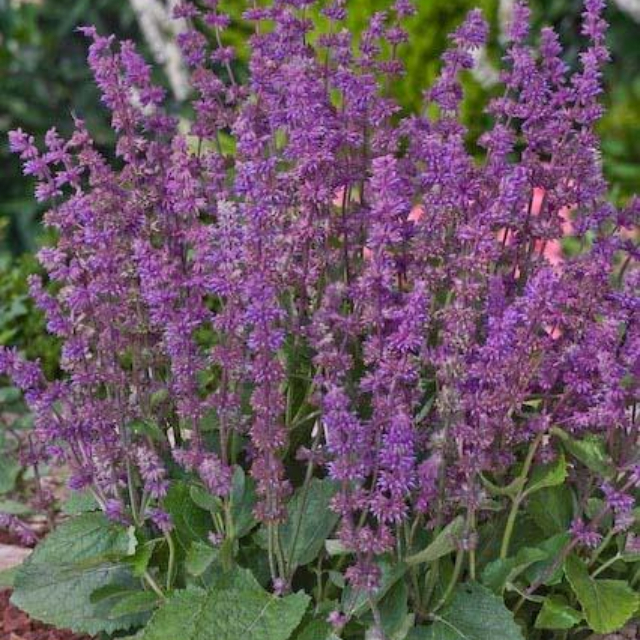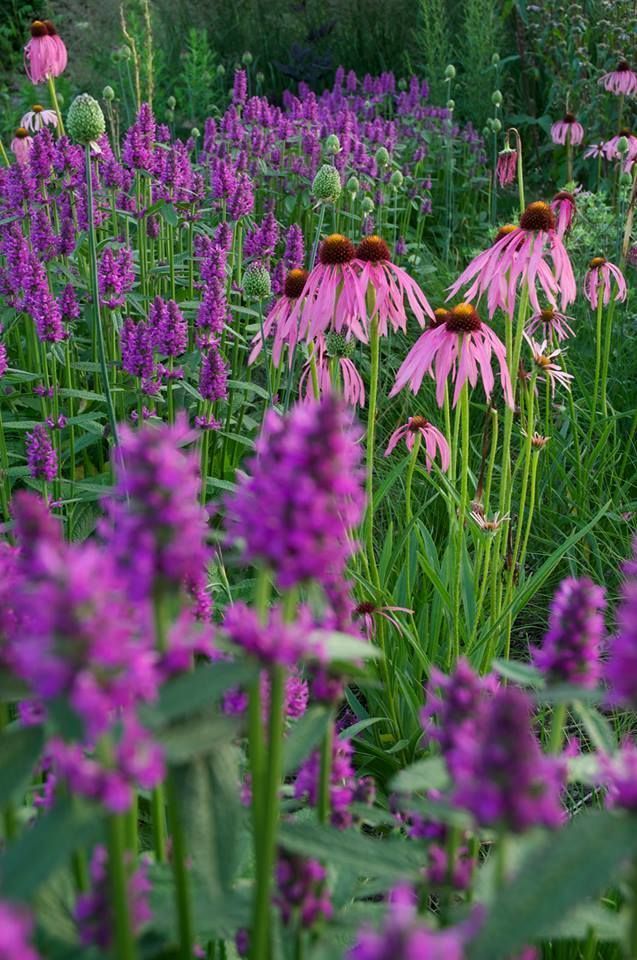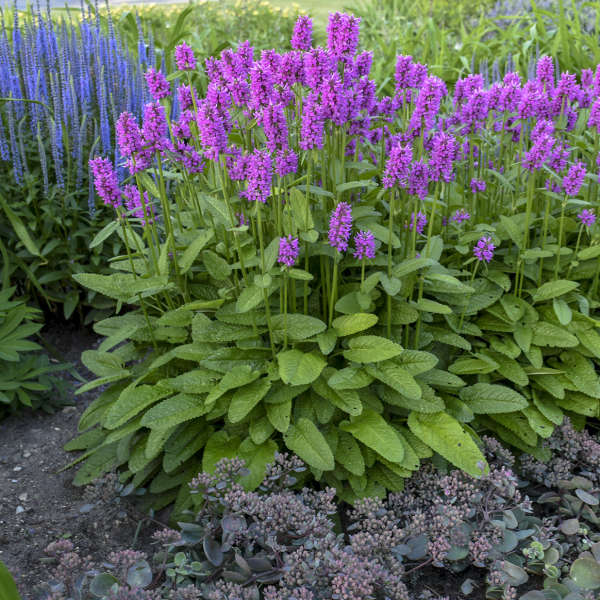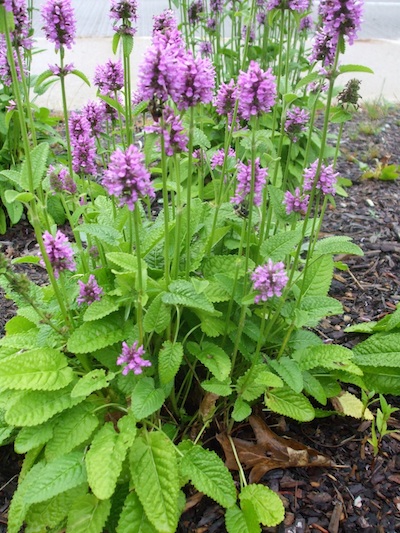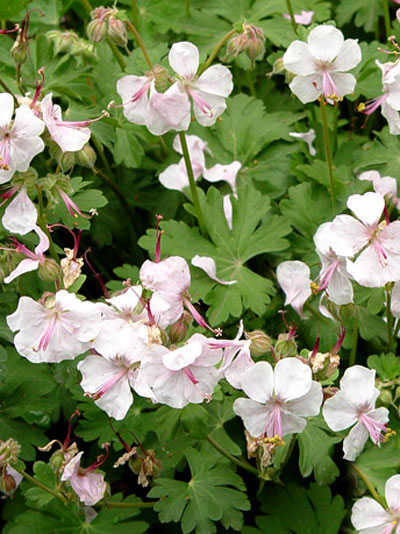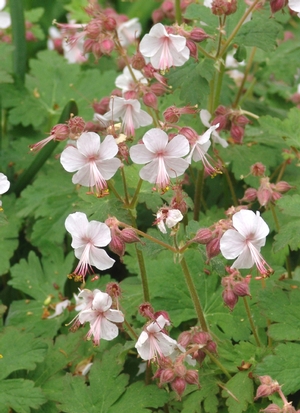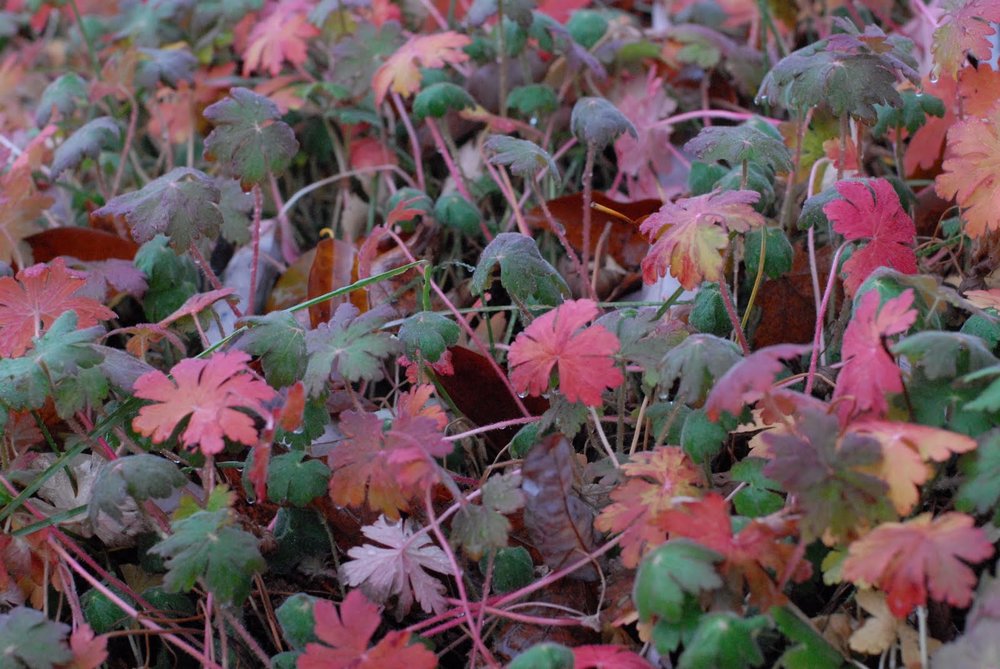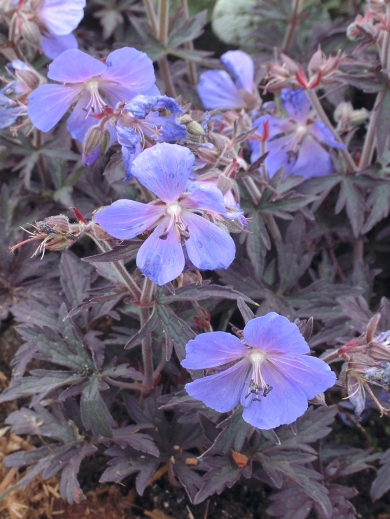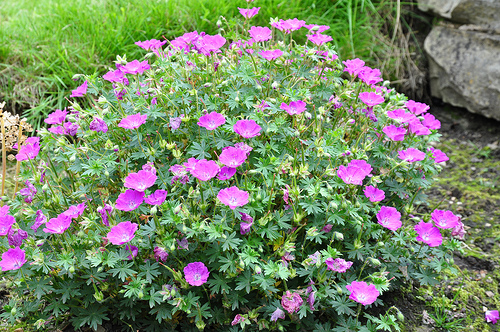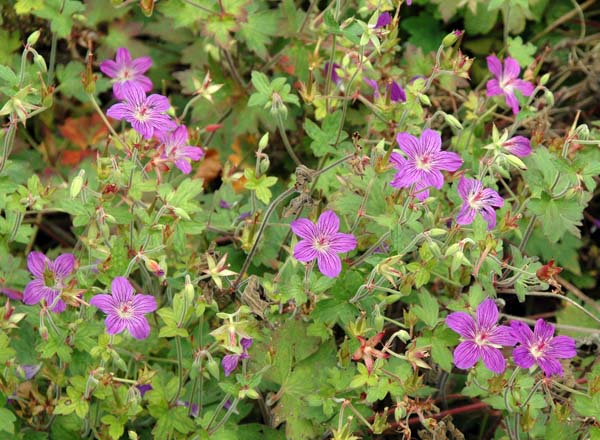“ It’s very simple, I usually say: Plant more of the right kinds of plants. Replace the mulch with more ecological plants—meaning native and beneficial exotic species—that will dramatically help in creating better cities. Plant more plants!” – Quote from Claudia West
Thomas Rainer Planting Design
Claudia West is a particularly talented and effusive horticulturalist who is also a scientist and a great speaker. She spoke at the New York Botanical Garden two winters ago and gave the audience a lot of memorable “catchphrases” – most prominently “Plants Cover Ground” – say it with me, as she said, “Plants Cover Ground”. She explains her thinking in some of the book-tour-related interviews she’s given as well:
“Plants are really the best mulch on earth. Don’t get me wrong, we’re not against using mulch at all, but mulch should only be temporary in your garden, to fill gaps between plants until they are more established… [to] suppress maybe an early wave of sun-loving weed species. But then we really want plants to grow in as they can and cover that soil on their own. So really the best and most sustainable way of gardening is letting plants be the mulch that they’re designed to be. This is how nature works, this is how plants want to grow—that’s how they evolved to grow—and it definitely works way better.”
Perhaps the greatest challenge facing landscape designers today is the need to balance beauty with environmental concerns. Public institutions and private homeowners want plantings that please the eye and reconnect us to nature, but that also reduce chemical use, filter stormwater, sequester pollutants and carbon, cool urban temperatures, and provide habitat. The answer lies in a radical turn away from conventional horticultural practices, declare landscape architect Thomas Rainer and designer Claudia West, who advocate crafting communities of compatible species that will cover the ground in interlocking layers. – “Designing Plant Communities for Resilient Landscapes” is the subtitle of their book, Planting in a Post-Wild World published in 2015. It has been described by leading industry experts as a “game-changer” and “the universal how-to guide to sustainable landscaping.”
From the Washington Post
Why manicured lawns should become a thing of the past
By Adrian Higgins December 2, 2015
Many folks, not to mention homeowners associations, cling to that model of the American yard as one of clipped foundation shrubs, groomed lawns and trees with mulch circles. Naked soil must be blanketed spring and fall with shredded mulch. Fallen leaves are treated as trash.
The real gardening world left this fusty model years ago, embracing soft groupings of perennials, grasses and specimen trees and shrubs in a celebration of plants and a closer communion with nature.
…This premise is not entirely new: A generation ago, top designers were espousing “the New American Garden” with many of the same principles, of replacing lawns and shrubbery with perennials and ornamental grasses.
What has changed at the vanguard of garden design? Many more varieties of perennials are widely available now than in the 1990s and, moreover, the approach to planting design is changing fundamentally. Rainer, West and others are promoting a shift from clumping and grouping plant varieties to mixing them in a way that occurs in nature. Discrete clumps are replaced with interplanted varieties equipped by nature to live cheek by jowl.
“The key is to pay attention to how plants fit together,” Rainer said. “To pay attention to their shape and behavior.” This involves not only their growth patterns aboveground, but their root types, which permit plants that are surface-rooted, such as many ground covers, to coexist with deep-rooted meadow flowers and grasses.
…
They see the garden as no longer a collection of plants but rather a designed plant community. This is distilled into three layers. In a sunny, meadow-like garden, the uppermost layer takes the form of beefier structural perennials …(and ornamental grasses). The middle layer is the showiest and provides seasonal peaks with such things as daisies, daylilies, butterfly weeds or bee balms.
The most important layer, the ground cover, is the least showy. Forget tired spreads of English ivy or pachysandra; Rainer and West are thinking of sedges, small grasses, rushes. In shade gardens, the floor layer would consist of such woodland beauties as foamflower, trilliums, gingers and Allegheny spurge.
…
“The approach to ground cover is, for us, the single most important concept of creating a functioning plant community,” they write. “Think about seeing plants in the wild; there is almost never bare soil.”
The ground cover not only knits together the whole plant community physically and emotionally, but also performs an important horticultural function. Soil left bare will invite weeds, so we smother it in mulch, which has its value, but we keep piling it on for aesthetic rather than horticultural reasons. This is inherently unsustainable and expensive, and keeps lonely plantings in a perpetual state of establishment.
My theme for 2018 is to highlight different “groundcovers” – meaning plants that will spread to cover bare ground but will still co-exist happily with the rest of the plants in the community. As Roy Diblik says: “they share the space unselfishly”.
EXAMPLES:
Pycnanthemum muticum (Short-toothed Mountain Mint)
is an aromatic perennial wildflower. This mint relative bears oval toothed leaves on strong square stems. Butterflies and other pollinators love mountain mint. It is excellent at providing soil stabilization as well. In summer, plants are topped by dense rounded clusters of tiny white to lavender tubular flowers. The leaves surrounding the flower clusters are highlighted with silver. (Note: some people don’t like this look). Pollinators flock to the blooms in sunny gardens with average well drained soils.
Plants tolerate clay, heat and drought.
The aromatic foliage is unpalatable to deer, rabbits and other herbivores.
This rhizomatous species will ramble and expand to form colonies. The rhizomes are shallow, though, so unwanted plants are easy to pull.
Plants are hardy from USDA Zones 4-8.
Blooming lasts for about 6 weeks
Plants grow 2-3’ tall with 2’ spread.
The mountain mints are listed on many “Top Ten Plants for Pollinators” list. The dense head-like flower cymes make this plant a pollinator paradise. Native bees, beneficial wasps, flies, beetles, skippers and small butterflies (especially hairstreaks) frequent the blossoms.
In the 2013 Penn State Extension Service Pollinator Trial “88 pollinator-rewarding herbaceous perennial plants were assessed and promoted to growers, landscapers, nursery operators, and homeowners...” Pycnanthemum muticum was rated #1 for longevity of flowers and #1 for diversity of pollinators. It also attracted the greatest number of insects of any plant. During a 2 minute time period, 78 insects visited Pycnanthemum muticum including 19 bees and syrphid flies.
Salvia verticiliata ‘Endless Love’ (Endless Love Lilac Sage)
is an outstanding selection of this Old World native sage grown for its big, fuzzy, deep-green leaves and summer-long display of large, lavender-purple flower spikes. This is a distinctive sage and very different from the nemerosa types. This superb cultivar was introduced by European plantsman Piet Oudolf.
24" tall x 30-36" wide.
Hardy in zones 5 to 9
Deer resistant, bee friendly, rabbit resistant
Full sun or Morning sun and part shade afternoon
Will rebloom if spent flowers are clipped
Stachys monieri 'Hummelo' (Betony; sometimes also Lamb’s Ear)
Excellent for flowers and foliage, S. 'Hummelo' hosts a lovely display of lavender-purple flowers atop tall, leafless stems while the stoloniferous nature creates small mounding clumps. Selected for strong flower production, plant health, habit quality and winter hardiness. A true garden delight! And a Piet Oudolf introduction and staple of many of his gardens.
Spread 18 inches
Height 18-20 inches
USDA Hardiness Zone 4-8
Deer-resistant, full sun or part shade, used as a groundcover
Unlike Stachys byzantina (Lamb's Ear), this species forms large, rounded clumps of green, long and narrow, textured leaves. It is lovely even when it's not in bloom. From early thru midsummer, sturdy spikes of lavender-rose flowers shoot up through the foliage, putting on quite a display.
Though this plant is relatively unknown to many gardeners, it makes a unique addition to any sunny border. Once you try it, you'll see that it goes with just about everything else in the garden. It is very easy to grow and deserves to be planted more widely in American landscapes.
Stachys m. 'Hummelo' received the highest rating out of 22 Stachys studied in the Plant Evaluation Trials at the Chicago Botanic Garden. The trial was run from 1998-2004 by Richard G. Hawke. Both 'Helene von Stein' (aka 'Big Ears') and 'Silver Carpet' (the fuzzy silver-foliaged “Lamb’s Ear” that we’re probably more familiar with) also received very high scores.
